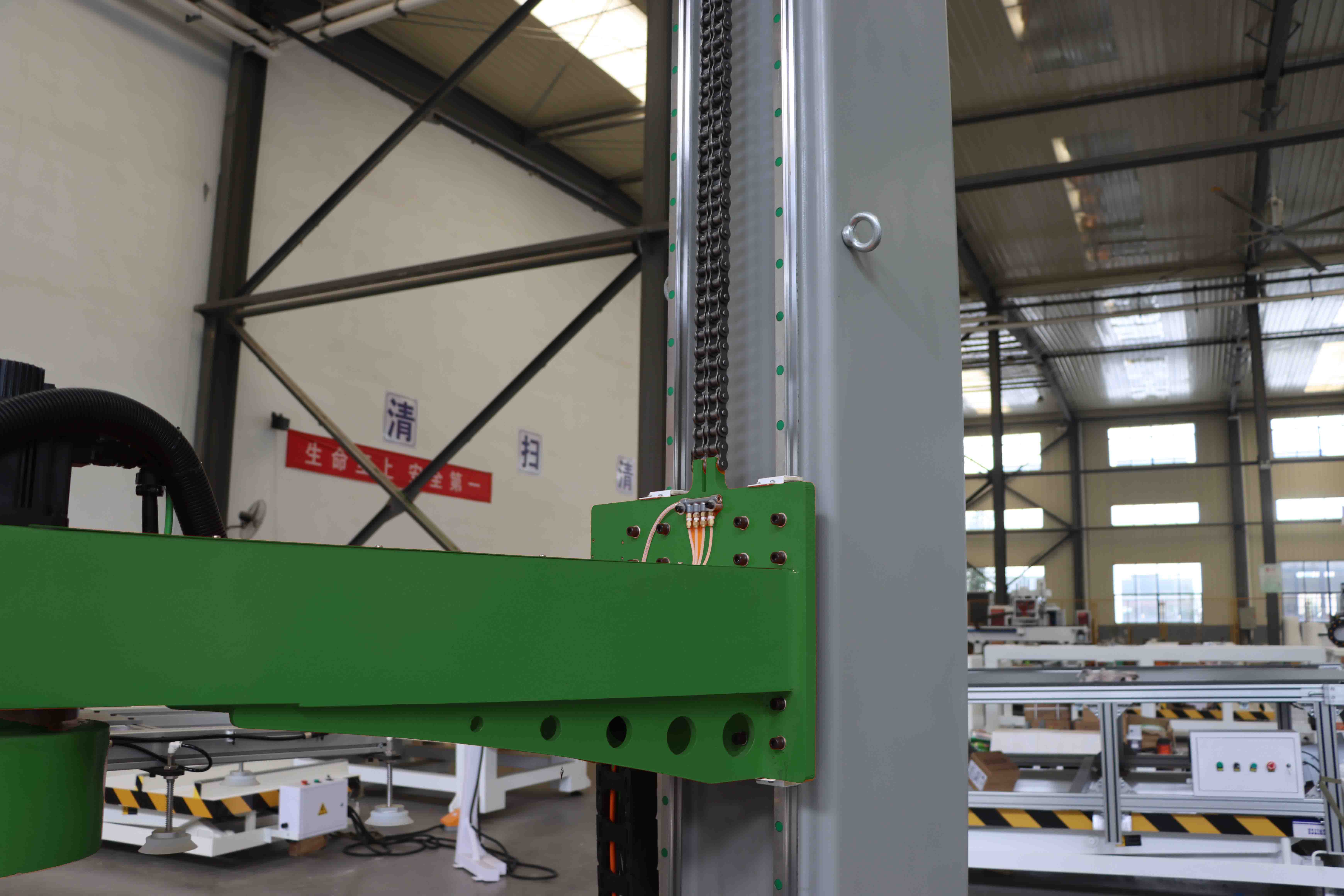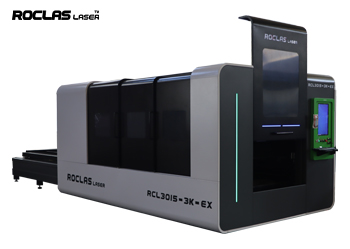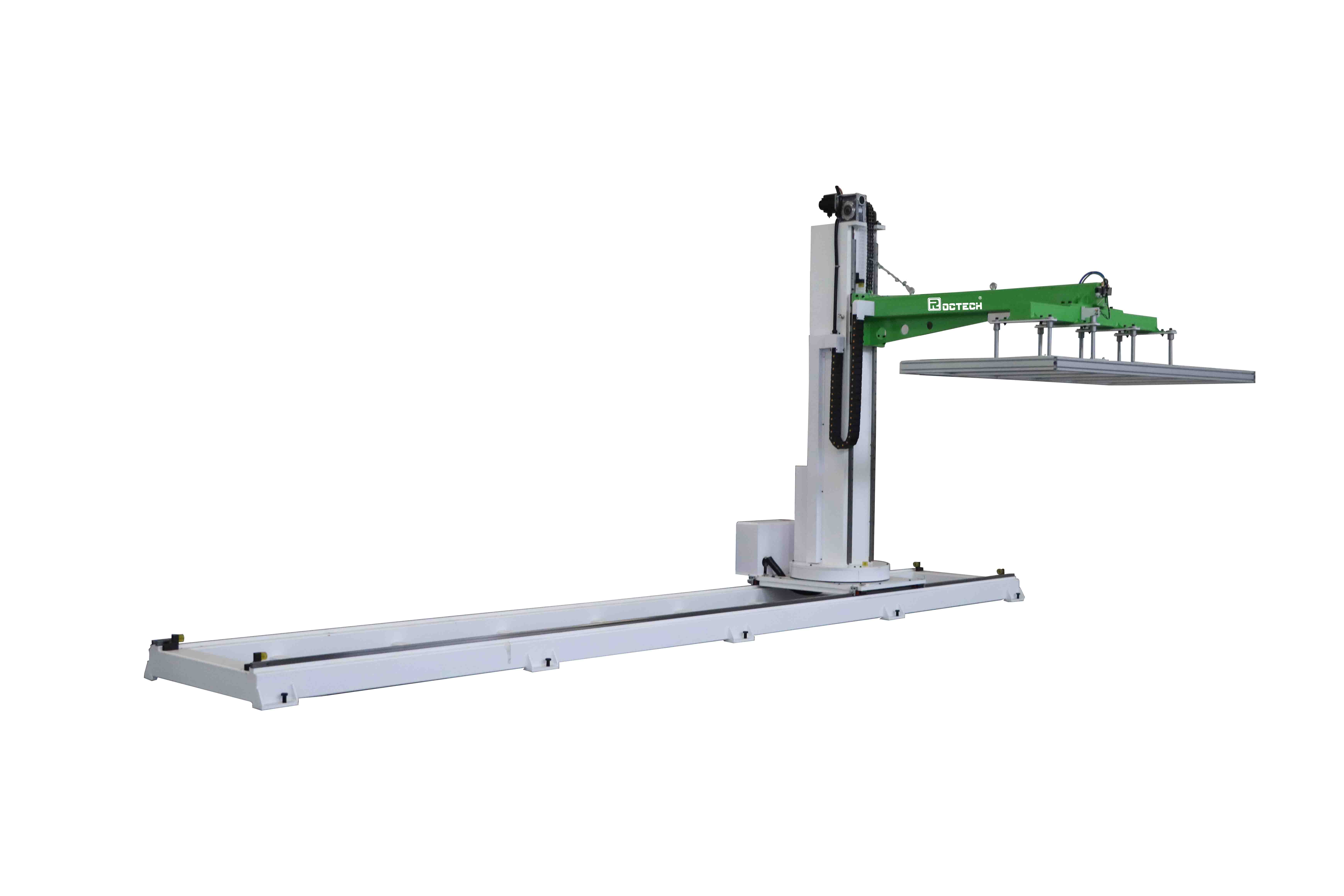Introduction
MOPA (Master Oscillator Power Amplifier) fiber lasers have become a cornerstone in modern manufacturing and industrial applications due to their precision, versatility, and efficiency. As industries increasingly adopt advanced laser technologies, understanding the pricing dynamics of MOPA fiber lasers is crucial for businesses aiming to make informed investment decisions. This article delves into the factors influencing MOPA fiber laser prices, current market trends, and insights into making a cost-effective purchase.
What is a MOPA Fiber Laser?
A MOPA fiber laser is a type of laser that uses a master oscillator to generate a low-power laser beam, which is then amplified by a power amplifier to achieve higher power outputs. This configuration allows for greater control over pulse duration and frequency, making MOPA fiber lasers ideal for applications requiring high precision, such as laser marking, engraving, and micro-machining.

Factors Influencing MOPA Fiber Laser Price
1. Laser Power Output The power output of a MOPA fiber laser is a primary determinant of its price. Higher power lasers (e.g., 50W, 100W, 200W) are generally more expensive due to the increased complexity and cost of components required to achieve higher power levels.
2. Pulse Duration and Frequency MOPA fiber lasers offer adjustable pulse durations and frequencies, which can significantly impact the price. Lasers with a wider range of adjustable parameters and higher precision capabilities tend to be more costly.

3. Beam Quality The quality of the laser beam, often measured by the M² factor, affects the price. Lasers with superior beam quality (lower M² values) are more expensive but offer better performance in terms of focus and precision.

4. Brand and Manufacturer The reputation and reliability of the brand or manufacturer also play a role in pricing. Established brands with a history of producing high-quality lasers may charge a premium for their products.
5. Additional Features Features such as integrated cooling systems, advanced software interfaces, and compatibility with various materials can add to the cost of a MOPA fiber laser.
6. Market Demand and Supply The dynamics of supply and demand in the laser market can influence prices. High demand for MOPA fiber lasers in certain industries can drive prices up, while increased competition among manufacturers may lead to price reductions.
7. Geographical Location The cost of MOPA fiber lasers can vary depending on the region or country of purchase due to differences in import taxes, shipping costs, and local market conditions.
Current Market Trends
1. Increasing Adoption in Various Industries MOPA fiber lasers are being increasingly adopted in industries such as automotive, aerospace, electronics, and medical devices. This growing demand is driving innovation and competition among manufacturers, potentially leading to more competitive pricing.
2. Technological Advancements Continuous advancements in laser technology, such as improved beam quality, higher power outputs, and enhanced control systems, are contributing to the evolution of MOPA fiber lasers. These advancements can impact pricing as newer models with advanced features may command higher prices.
3. Sustainability and Energy Efficiency There is a growing emphasis on sustainability and energy efficiency in manufacturing processes. MOPA fiber lasers, known for their energy efficiency, are becoming more attractive to businesses looking to reduce their environmental footprint. This trend may influence pricing as manufacturers invest in developing more eco-friendly models.
4. Customization and Flexibility The ability to customize MOPA fiber lasers to meet specific industry requirements is becoming increasingly important. Manufacturers offering customizable solutions may charge higher prices for tailored products that cater to unique applications.
Investment Insights
1. Cost-Benefit Analysis When considering the purchase of a MOPA fiber laser, businesses should conduct a thorough cost-benefit analysis. This involves evaluating the initial investment against the potential long-term benefits, such as increased productivity, reduced material waste, and improved product quality.
2. Total Cost of Ownership (TCO) Beyond the initial purchase price, businesses should consider the total cost of ownership, which includes maintenance, operational costs, and potential downtime. Investing in a high-quality MOPA fiber laser with lower maintenance requirements can result in significant cost savings over time.
3. Financing Options Many manufacturers and suppliers offer financing options or leasing arrangements for MOPA fiber lasers. These options can help businesses manage cash flow and reduce the financial burden of a large upfront investment.
4. After-Sales Support and Warranty The availability of after-sales support and warranty coverage is an important consideration. Reliable support and comprehensive warranties can provide peace of mind and protect against unexpected costs related to repairs or replacements.
5. Market Research and Comparison Conducting thorough market research and comparing different MOPA fiber laser models and manufacturers can help businesses identify the best value for their investment. Reading reviews, seeking recommendations, and consulting with industry experts can provide valuable insights.
Conclusion
The price of MOPA fiber lasers is influenced by a variety of factors, including laser power output, pulse duration and frequency, beam quality, brand reputation, additional features, market dynamics, and geographical location. Understanding these factors and staying informed about current market trends can help businesses make informed decisions when investing in MOPA fiber lasers. By conducting a comprehensive cost-benefit analysis, considering the total cost of ownership, exploring financing options, and evaluating after-sales support, businesses can maximize the value of their investment and achieve long-term success in their manufacturing processes. As the demand for precision and efficiency continues to grow, MOPA fiber lasers are poised to play a pivotal role in shaping the future of industrial laser applications.
Regardless of whether you require general advice or specific support, we are happy to help you.